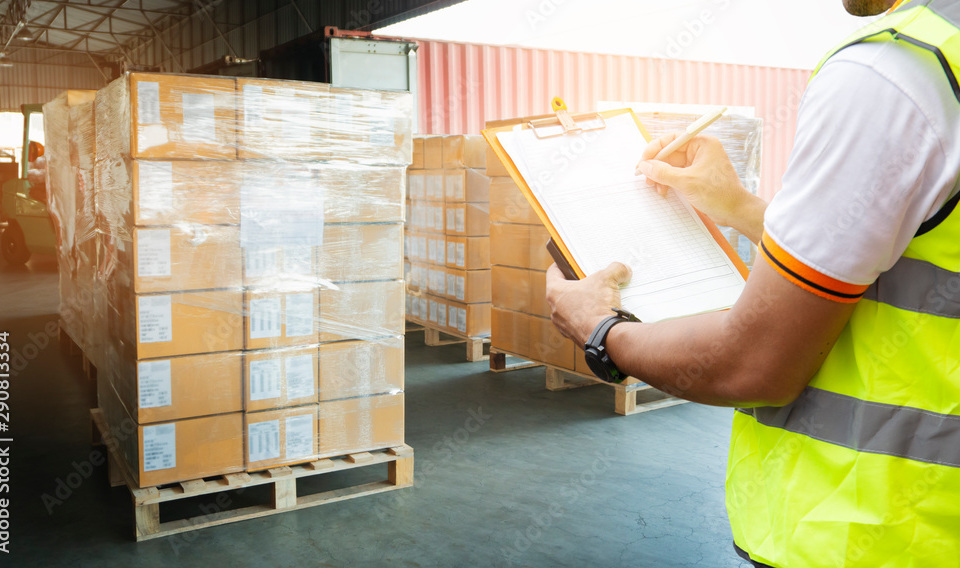Is going in-house the answer to crippling parcel delivery delays? What businesses must know

By Walter Scremin, CEO Ontime Delivery Solutions.
Delays in parcel deliveries are forcing more businesses to move at least some of their delivery requirements in-house — Kogan and Maggie Beer recently announced they were taking this path, using in-house services to supplement deliveries through carriers such as Australia Post.
In-house delivery fleets are a brilliant idea if the delivery function is critical to your business and you can find a structure which is flexible, which puts you in control, and where you understand all the costs and risks involved.
Anything which reduces your reliance on a struggling Australia Post must be good, right?
But for some companies, going in-house will spell disaster.
Many companies don’t possess the delivery mindset required for in-house deliveries – they don’t have the interest, the expertise, or the willingness.
Parcel deliveries are either considered an afterthought, a headache, or simply a financial burden. In this case, bringing the delivery function in-house will probably only keep you up at night.
Yet for the right business, in-house delivery can improve customer service, and there are already thousands of small-to-medium businesses across Australia which make in-house delivery systems work.
Some of these fleets have fewer than 10 vehicles — sometimes only one or two vehicles — and are reliable in time-sensitive industries. How do they do it?
For one thing, they understand their limitations.
Most companies aren’t much good at managing deliveries because it’s not their core business. On the other hand, timely delivery of goods has become a bigger part of the customer experience and business needs to settle on a reliable solution.
At least two ways to approach in-house delivery
Bringing delivery services in-house is simply an attempt to gain greater control over the process. The determining factor for success will be how effectively it is set up.
Building a true in-house fleet from scratch, hiring or leasing vans and employing drivers is great if you have the skills to run an efficient delivery fleet yourself, or if you just love stress and are looking forward to more time with your therapist.
Much of the pain the transport industry is currently experiencing will be no different if you’re attempting to do the deliveries yourself. You still need to compete in a market where labour is scarce.
Outsourcing will potentially ease the staffing headaches and is worth considering for businesses which have neither the expertise nor the willingness to put up with the pain associated with running their own fleet. But it can be a minefield as more operators have entered the transport industry in recent years, often racing to the bottom on price while sacrificing service.
The only way to really be sure you’re not partnered with an unprofessional operator is to dip a toe in the water first, ask for a trial, and scale up only once you know they are the real deal.
What is your motivation?
Whether a company takes on the massive fixed costs involved with building their own in-house team, or partners with a specialist, or a blend of the two, results may not vary too much if the parcel delivery function is still treated as an afterthought.
But if it’s part of a genuine commitment to improve service, it may be worthwhile. By focusing on service, you will be motivated to find a solution which has the efficiency, the responsiveness and flexibility to look after your customers and clients.
Many companies have an unrealistic belief that parcel delivery should be free — nonsense. Delivering goods properly is a substantial cost but it also brings substantial value. Costs either need to be passed on to the customer or the customer needs to learn to be happy with an inferior service.
Companies with a service mindset know customer service does not end at your dispatch or 3PL (third party logistics) provider’s door.
They acknowledge that customer expectations have increased dramatically as more orders have moved online. The delivery process has become more important, and is often now the only direct contact with the customer. Customers expect to be informed every step of the way so digital tracking is important, but they also dislike seeing a parcel travel inexplicably around the country. Efficiency must be a priority.
Only companies with this service mindset can make in-house transport really work. They make extra efforts to communicate with customers, understand their expectations, and work to exceed them. They are also open to the power of measurement, isolating the true costs involved in parcel delivery, and ways digitalisation can drive efficiency.
This article was originally published on smartcompany.com.au